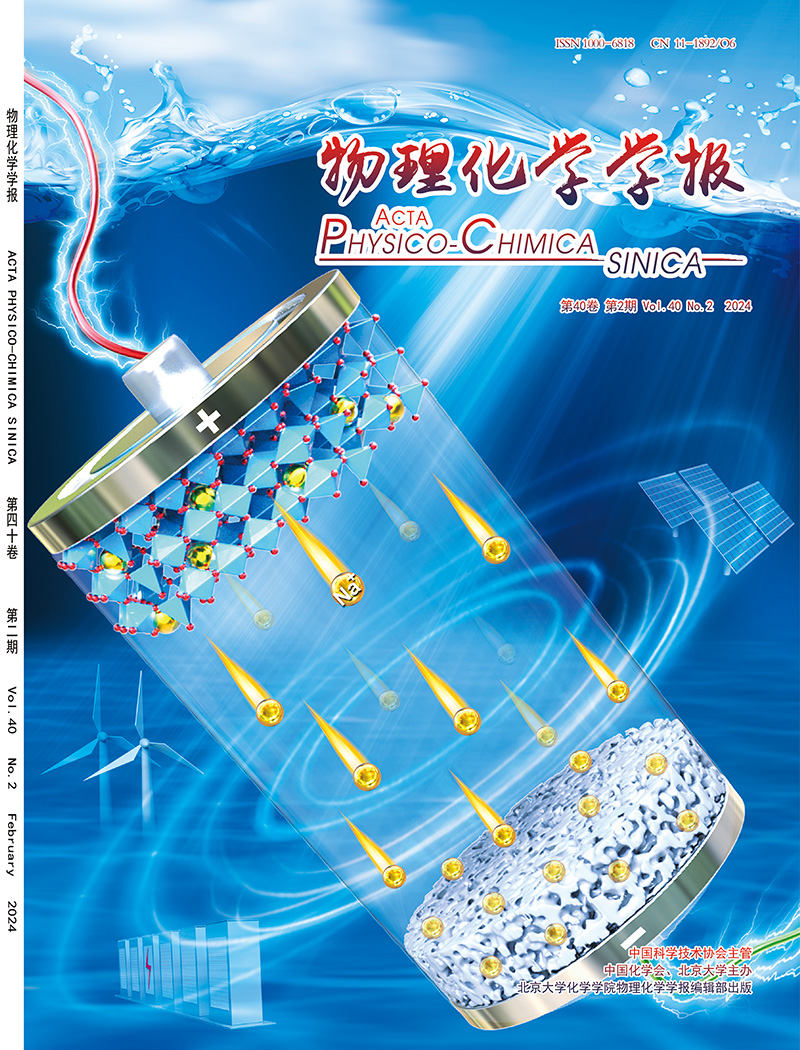Understanding the effect of pH on protonated COF during photocatalytic H2O2 production by femtosecond transient absorption spectroscopy
IF 13.5
2区 化学
Q1 CHEMISTRY, PHYSICAL
引用次数: 0
Abstract
Covalent organic frameworks (COFs), recognized for their precisely tunable microstructures and high surface area, are promising photocatalysts for hydrogen peroxide (H2O2) production. However, the critical influence of pH on the stability of COF during the photocatalytic H2O2 production remains poorly understood. In this work, the photocatalytic H2O2 production performance of an imine-linked COF is significantly enhanced through a simple protonation strategy. Crucially, the protonated COF exhibits excellent stability under weakly acidic conditions (pH ≥ 3), but undergoes irreversible hydrolyzed under strongly acidic conditions (pH < 3). The protonation occurs specifically at the nitrogen atoms of imine units and serves a dual function: it suppresses ultrafast charge recombination (as revealed by femtosecond transient absorption spectroscopy) and directly provides a proton source for H2O2 generation. Moreover, fluoride ions (F−) are introduced into the photocatalytic system to further improve the photocatalytic H2O2 production rate. The strong electronegativity of F− facilitates electron transfer from COF to F−, thus realizing the spatial separation of photogenerated carriers. Mechanistic studies confirm that H2O2 production follows a two-electron oxygen reduction reaction pathway. These findings elucidate the pH-dependent stability and activity of protonated COFs, provide fundamental insights into charge carrier dynamics, and establishe design principles to develop highly efficient and stable COF-based photocatalysts for solar-driven H2O2 generation.

用飞秒瞬态吸收光谱法研究光催化生产H2O2过程中pH对质子化COF的影响
共价有机框架(COFs)以其精确可调的微观结构和高比表面积而闻名,是生产过氧化氢(H2O2)的有前途的光催化剂。然而,在光催化生产H2O2过程中,pH对COF稳定性的关键影响尚不清楚。在这项工作中,通过简单的质子化策略,亚胺连接COF的光催化H2O2生产性能显着提高。关键是,质子化COF在弱酸性条件下(pH≥3)表现出优异的稳定性,但在强酸性条件下(pH < 3)发生不可逆水解。质子化作用主要发生在亚胺单元的氮原子上,具有双重作用:抑制超快电荷重组(如飞秒瞬态吸收光谱所示),并直接为H2O2的生成提供质子源。此外,将氟离子(F−)引入光催化体系,进一步提高光催化H2O2产率。F−的强电负性有利于电子从COF向F−转移,从而实现光生载流子的空间分离。机理研究证实H2O2的生成遵循双电子氧还原反应途径。这些发现阐明了质子化cof的ph依赖性稳定性和活性,为电荷载流子动力学提供了基本见解,并为开发高效稳定的cof基光催化剂建立了设计原则,用于太阳能驱动的H2O2生成。
本文章由计算机程序翻译,如有差异,请以英文原文为准。
求助全文
约1分钟内获得全文
求助全文

 求助内容:
求助内容: 应助结果提醒方式:
应助结果提醒方式:


